So the problem is more in depth than a simple comparison. Essentially im trying to model this dice roll known as the roll and keep system. Example would be 5k3. Where I would roll 5 dice and keep the 3 highest then add them together.
I've gotten my little macro program to roll the dice. Then I put them in an array in my example that would be an array with 5 indices. Now I need to take those 5 dice, and only keep the largest 3 of them.
The code is here A2 gives me the number of sides on the dice, B2 gives me how many I roll, and C2 gives me how many I keep. This rolls 10 dice, but then I transfer 5 of them into my actual dicepool. I know I could probably skip that, but I can deal with that later.
Private Sub CommandButton1_Click()
Dim i As Integer
Dim j As Integer
Dim k As Integer
Dim RandNum As Integer
Dim RollArray() As Integer
Dim KeptArray() As Integer
Dim RollArrayDummy() As Integer
Dim NumRoll As Integer
Dim Kept As Integer
Dim Largest As Integer
NumRoll = Range("B2").Value
ReDim RollArray(NumRoll)
Kept = Range("C2").Value
ReDim KeptArray(Kept)
For i = 5 To 15
Randomize
RandNum = 1 + Rnd() * (Range("A2").Value - 1)
Cells(i, 1).Value = RandNum
Next i
For j = 1 To NumRoll
RollArray(j) = Cells(4 + j, 1).Value
Cells(4 + j, 2).Value = RollArray(j)
Next j
k = 1
i = 1
m = 1
Largest = 1
For k = 1 To Kept
m = 1
KeptArray(k) = Largest
If m <= NumRoll Then
If Largest >= RollArray(m) And Largest >= KeptArray(k) Then
Largest = KeptArray(k)
Else
KeptArray(k) = Largest
Largest = RollArray(m)
End If
m = m + 1
End If
Cells(4 + k, 3).Value = KeptArray(k)
Next k
End Sub
I've tried so many things, like creating a dummy array, and comparing the variable Largest with it. And a ton of other things. My big problem is that I can't reuse any of the numbers.
If I roll 5 and keep 3. Say I roll [4,2,3,3,6] . I keep the [6,4,3]. Im sure this is incredibly simple and im overlooking it but its driving me absolutely insane.



